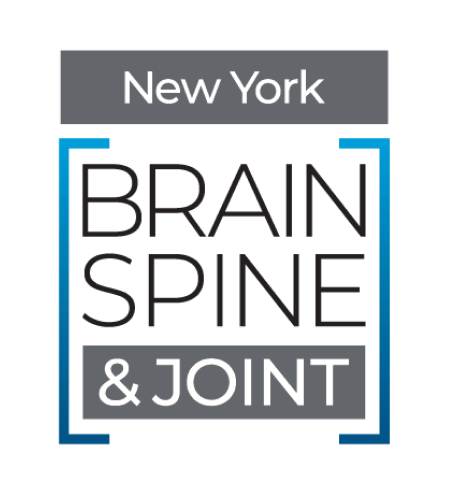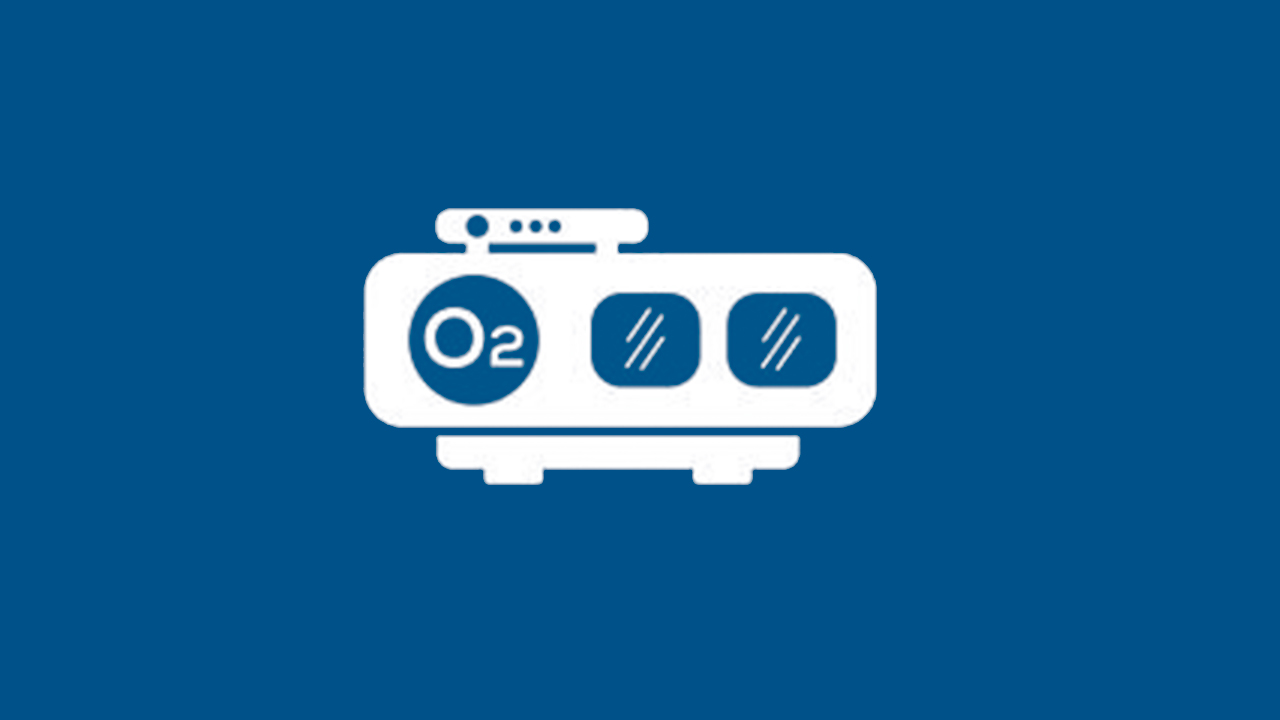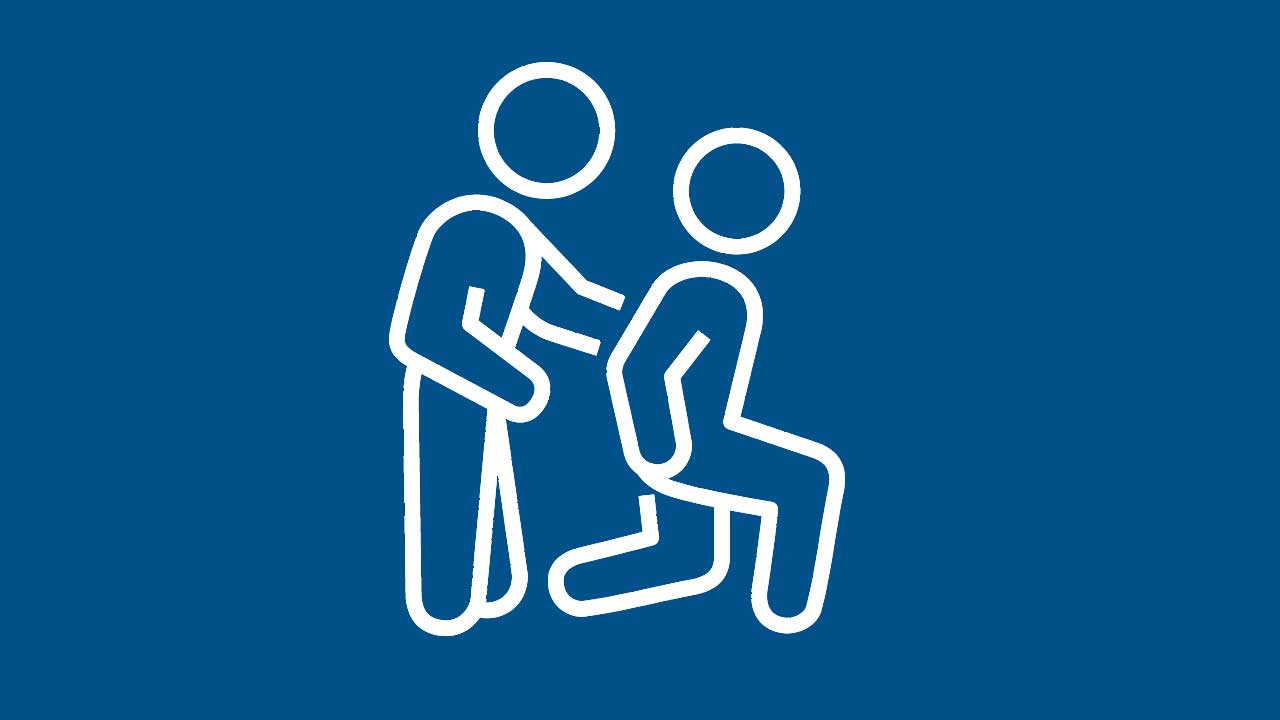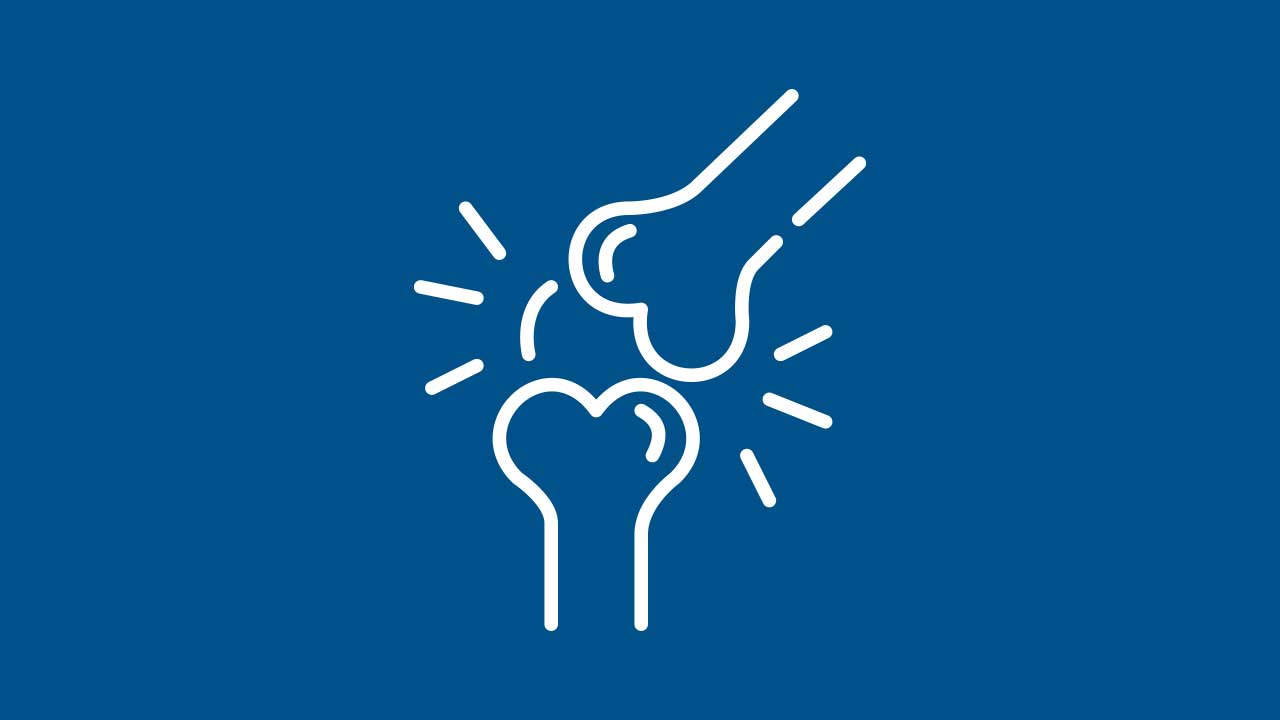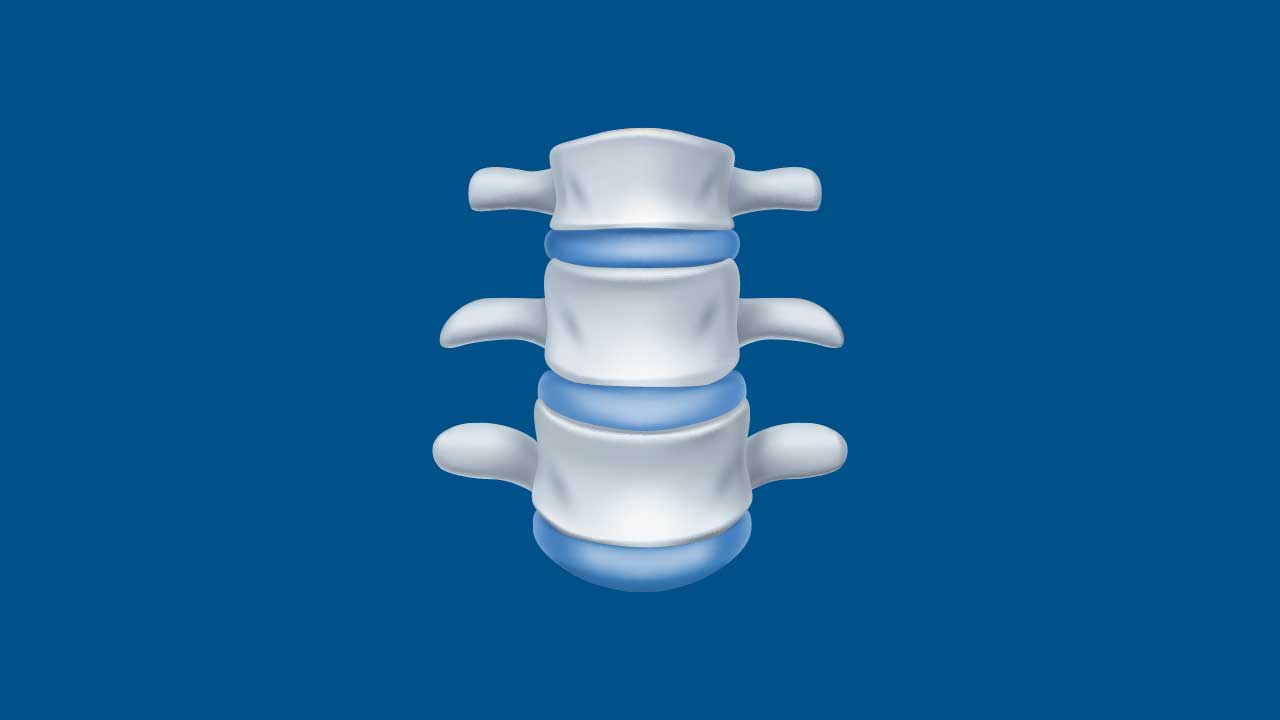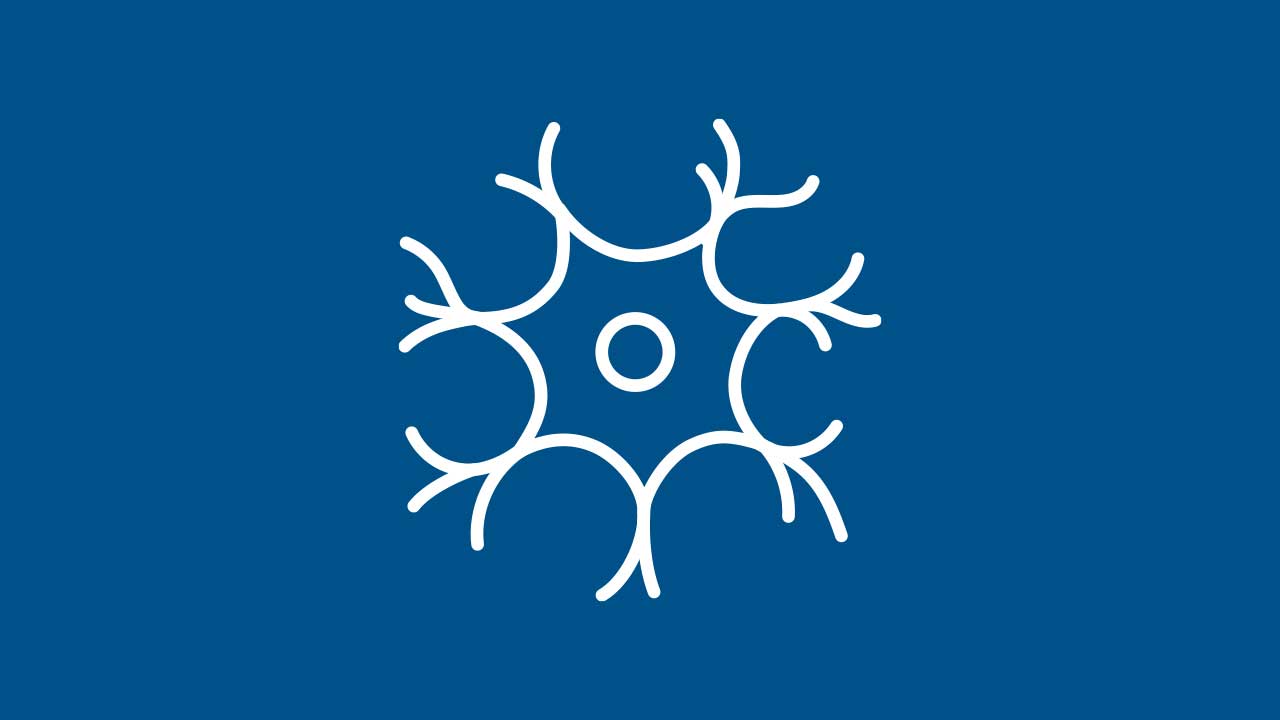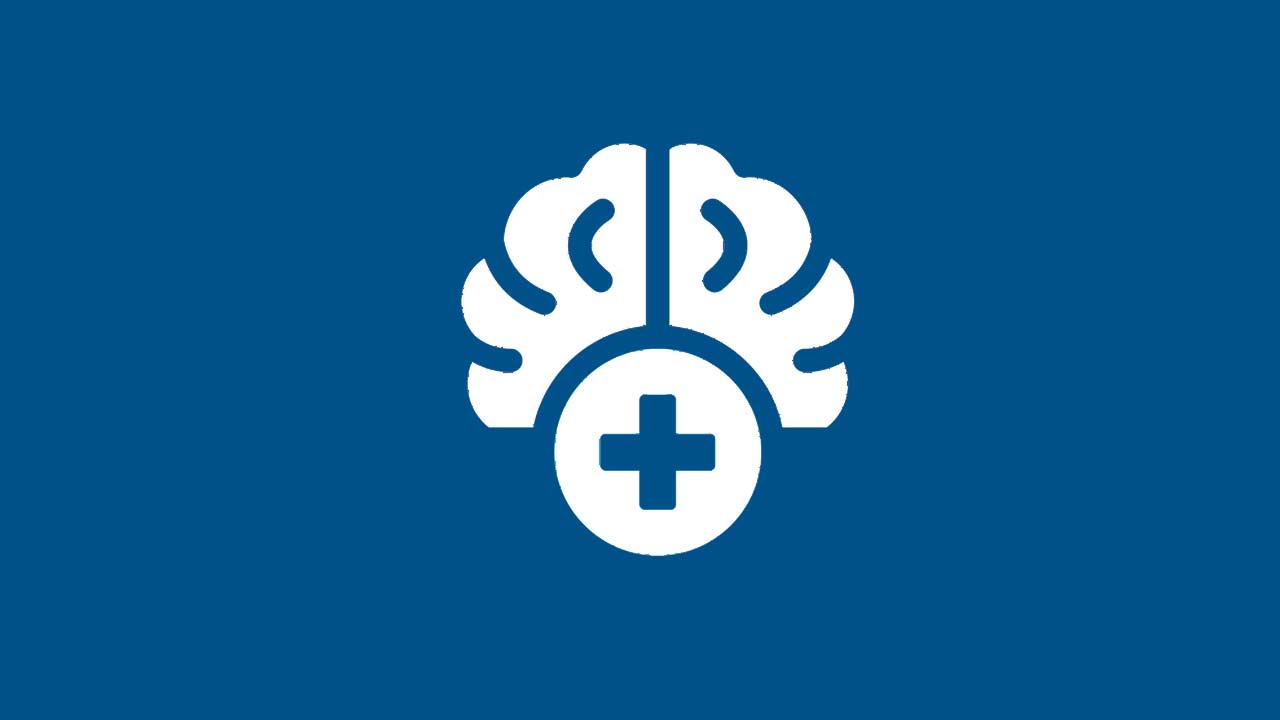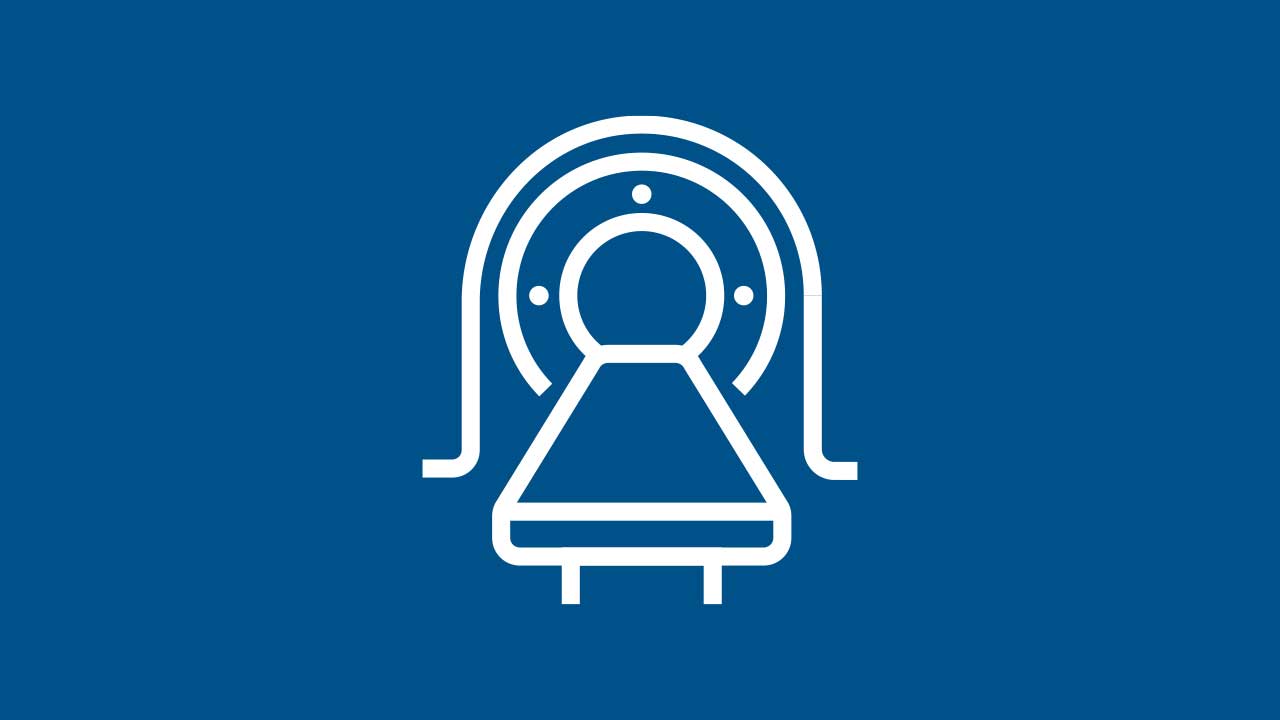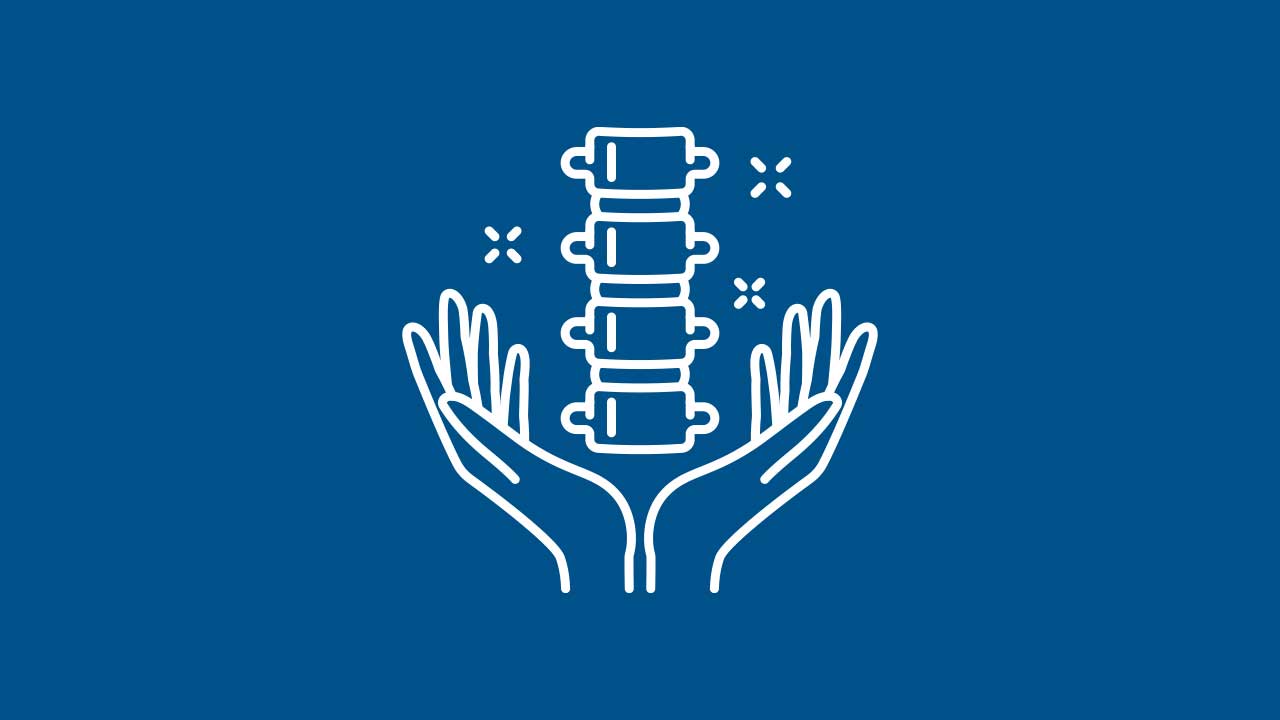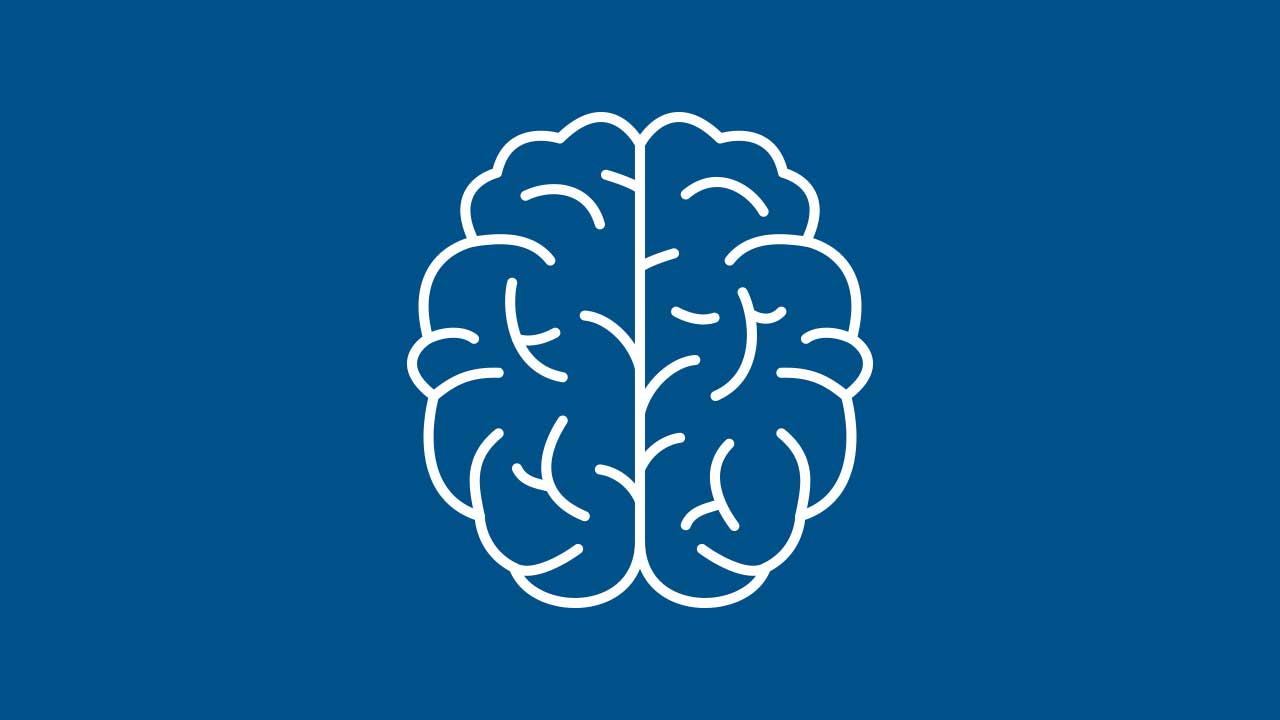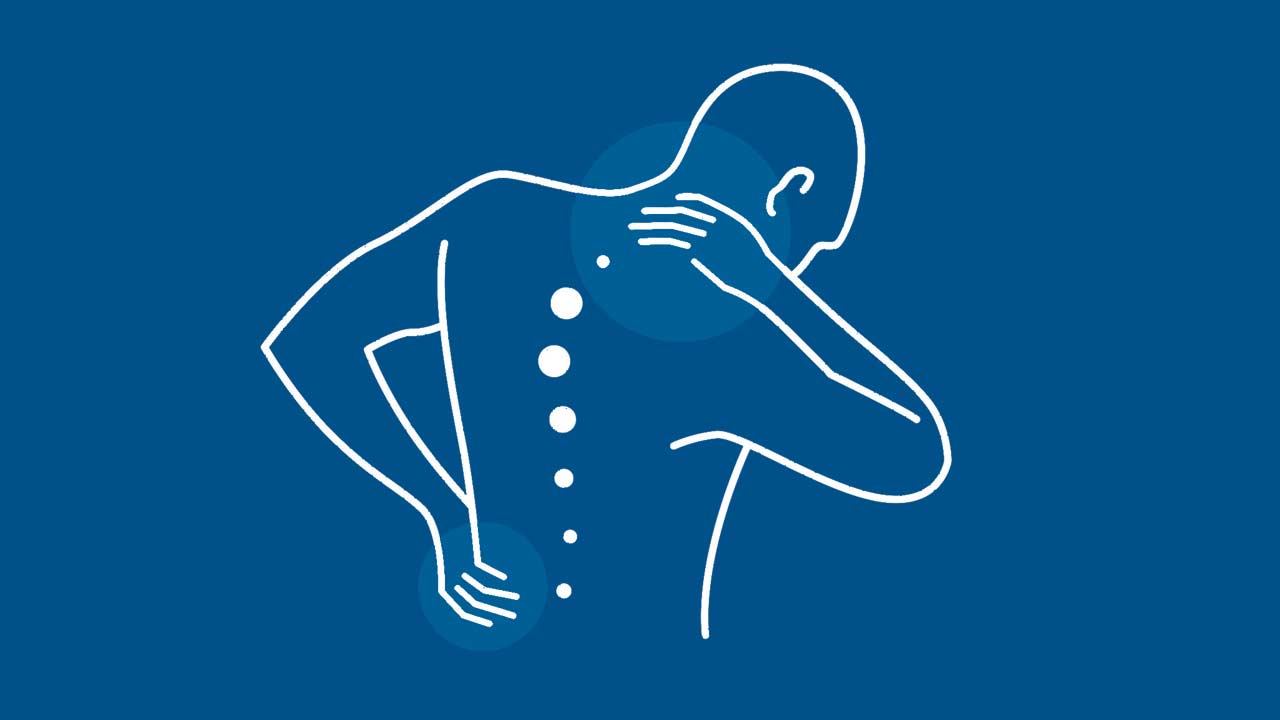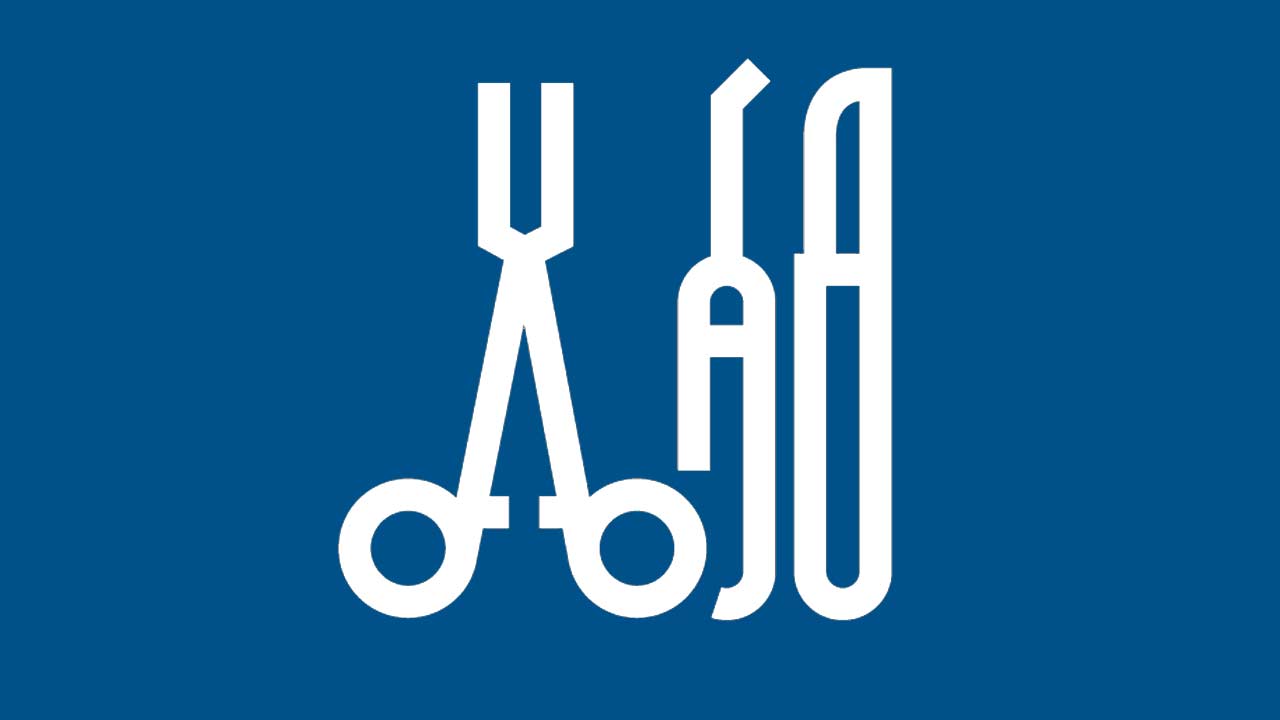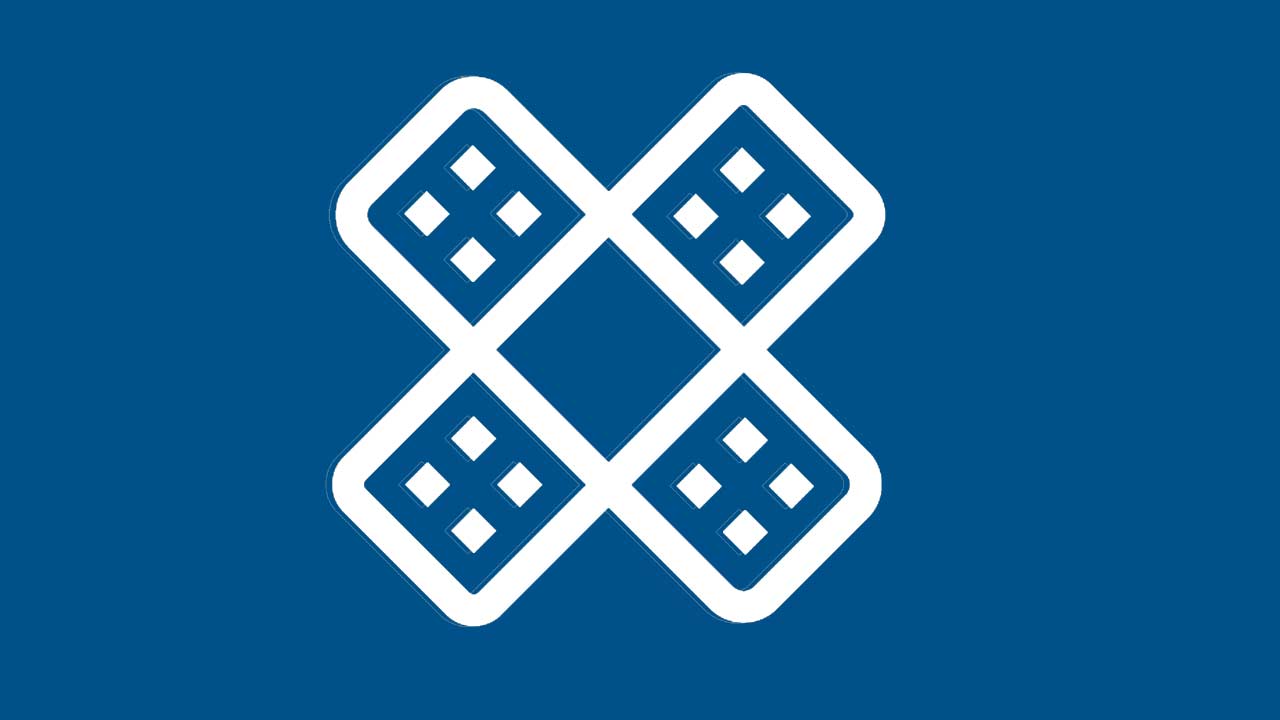Cervical Disc Herniation
Cervical Disc Herniation: Causes, Symptoms, and Treatment Option
A cervical disc herniation occurs when the soft, gel-like center of a spinal disc in the neck (cervical region) protrudes through its tougher outer layer. This can place pressure on nearby nerve roots or the spinal cord itself, triggering a range of symptoms, from neck pain and stiffness to radiating arm pain and, in severe cases, neurological deficits. Below, we will explore the risk factors, common signs, diagnostic methods, and treatments available for cervical disc herniation. We will also highlight our comprehensive, multi-disciplinary approach to spine care in the New York City metro area, where we provide advanced treatments for patients locally, nationwide, and from around the globe.
Understanding the Cervical Spine
The cervical spine consists of the first seven vertebrae (C1 through C7) at the top of the spinal column. Between each vertebra lies an intervertebral disc, made up of two components:
- Nucleus Pulposus – The soft, jelly-like center that absorbs shock.
- Annulus Fibrosus – The tough, fibrous outer ring that helps contain the nucleus pulposus.
A cervical disc herniation occurs when the nucleus pulposus pushes through a tear or weak spot in the annulus fibrosus. This can impinge on nerve roots exiting the spinal canal or the spinal cord itself, potentially affecting sensation, muscle strength, and coordination in the neck, arms, and upper body.
Causes and Risk Factors
-
Degenerative Changes
As part of the natural aging process, discs can lose flexibility, hydration, and structural integrity. These changes make them more prone to tearing and herniation.
Osteoarthritis and spondylosis are common degenerative conditions contributing to disc weakening. -
Trauma and Strain
Repetitive Stress: Sports, heavy lifting, or occupations requiring repetitive neck movements can lead to micro-tears over time.
Accidents or Falls: Sudden impacts or whiplash injuries may cause acute herniations. -
Genetics
A family history of disc-related conditions may predispose individuals to degenerative disc disease or herniation. -
Lifestyle Factors
Smoking: Nicotine reduces blood flow to the discs, accelerating degenerative changes.
Sedentary Habits and Poor Posture: Chronic slouching, looking down at digital devices, or maintaining awkward neck positions can strain cervical discs.
Obesity: Excess weight can place additional stress on the spine, although this is more often associated with lumbar issues, it can still contribute to cervical disc strain.
Common Symptoms
-
Neck Pain and Stiffness
Persistent or intermittent pain at the site of the herniation, which may worsen with specific movements or prolonged posture. -
Radiating Arm or Shoulder Pain
Often described as sharp or burning pain traveling down the arm, sometimes accompanied by tingling or numbness, indicating nerve root involvement. -
Weakness or Numbness
Compressed nerves may lead to muscle weakness in the shoulder, arm, or hand, as well as loss of sensation in specific areas. -
Reduced Range of Motion
Difficulty turning the head side to side or bending the neck backward or forward. -
Neurological Symptoms
In severe cases, compression of the spinal cord can cause issues with balance, coordination, or even bowel and bladder function. Such symptoms require immediate medical attention.
Diagnosis
-
Clinical Evaluation
A physician reviews your health history, symptoms, and any past injuries.
A physical exam checks your neck’s range of motion, muscle strength, reflexes, and sensation in the arms and hands. -
Imaging Studies
X-ray: Helps identify spinal alignment issues or bone spurs but may not reveal disc details.
MRI: Provides a clear picture of soft tissues, enabling doctors to confirm the location and severity of the herniation.
CT Scan: May offer additional detail about bone structures, sometimes with a contrast dye (myelogram) to highlight nerve compression. -
Nerve Conduction Studies / Electromyography (EMG)
These tests evaluate the electrical activity in nerves and muscles, helping detect or confirm nerve damage or irritation.
Non-Surgical Treatment Options
For many patients with mild to moderate symptoms, conservative management effectively reduces pain and restores function.
-
Medications
NSAIDs (Nonsteroidal Anti-Inflammatory Drugs): Reduce inflammation and associated pain.
Muscle Relaxants: Alleviate muscle tension or spasms.
Oral Steroids: Used short-term to quickly reduce nerve inflammation. -
Physical Therapy
Exercises: Targeted stretching and strengthening routines support the neck, upper back, and shoulders, alleviating stress on affected discs.
Posture Correction: Training in ergonomic improvements for daily activities and workstation setups. -
Epidural Steroid Injections
A direct injection of corticosteroids into the epidural space around the spinal nerves to decrease inflammation and pain. -
Activity Modification
Avoiding Aggravating Movements: Limiting heavy lifting or overhead activities that worsen symptoms.
Short-Term Neck Immobilization: A cervical collar or brace may be recommended in acute cases to reduce neck movement while healing.
Surgical Treatment Options
Surgery may be necessary if conservative treatments fail to relieve pain or if neurological symptoms worsen. The choice of procedure depends on the severity of the herniation, location, and patient-specific factors.
-
Anterior Cervical Discectomy and Fusion (ACDF)
The herniated disc is removed through an incision in the front of the neck, relieving pressure on the nerves or spinal cord.
Fusion of the adjacent vertebrae using a bone graft or implant stabilizes the area. -
Posterior Cervical Decompression
Accessing the cervical spine from the back (posterior) to remove portions of bone or disc material compressing nerves. -
Artificial Disc Replacement
In select cases, the damaged disc is replaced with an artificial device that helps maintain neck flexibility and movement. -
Minimally Invasive Techniques
Surgeons use smaller incisions and specialized instruments to reduce tissue damage, scarring, and recovery time.
Recovery and Rehabilitation
-
Postoperative Care
Short hospital stays may be required; your care team will monitor pain, vitals, and neurological function. -
Physical Therapy
A structured rehabilitation program helps restore neck range of motion, build muscular support, and reinforce proper posture. -
Lifestyle and Long-Term Maintenance
Maintaining a healthy weight, avoiding tobacco, and engaging in regular, low-impact exercises can extend the benefits of surgery and minimize future disc issues.
Our Multi-Disciplinary Approach in NYC
At our multi-location, multi-disciplinary medical practice in the New York City metro area, we specialize in providing holistic care for brain, spine, and joint conditions. Our integrated team of neurosurgeons, orthopedic spine surgeons, pain management specialists, and rehabilitation experts collaborates to develop personalized treatment plans, whether you require conservative therapies or advanced surgical interventions.
Why Choose Us:
- Cutting-Edge Diagnostics: State-of-the-art imaging technology for accurate diagnoses.
- Comprehensive Treatment: From physical therapy and minimally invasive procedures to complex reconstructions and fusions.
- Global Reach: Designed to serve patients from across New York state, the U.S., and worldwide through streamlined care coordination.
Additional Resources
- MedlinePlus: Herniated Disk
- National Institute of Neurological Disorders and Stroke: Neck and Back Pain
Disclaimer
This article is intended for informational purposes only and does not replace professional medical advice. Always consult a qualified healthcare provider regarding questions about a medical condition, treatment plan, or any other healthcare needs.
